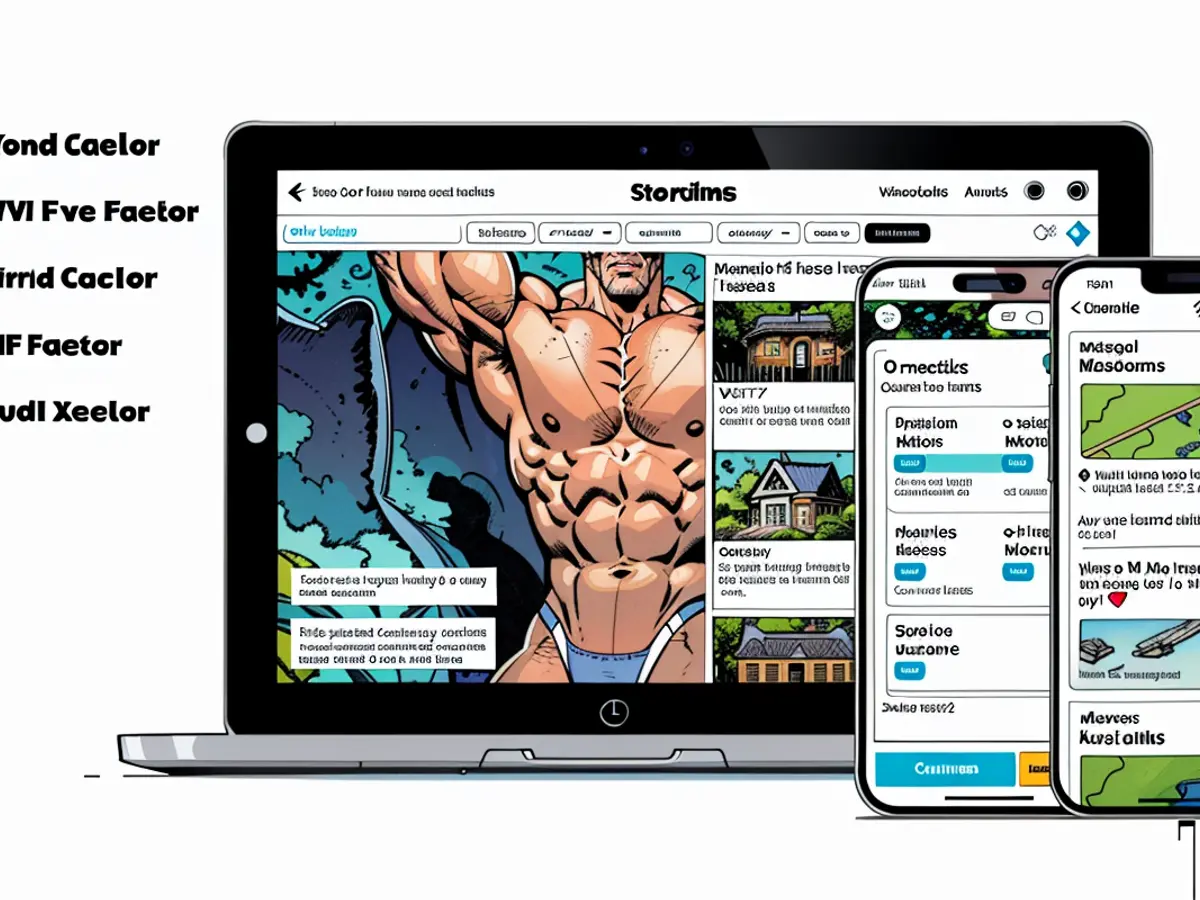Shoppers on Zillow can now access climate risk information when browsing for properties to buy.
With escalating natural catastrophes putting numerous areas of the nation in danger, examining a region's climate hazard has become a fundamental aspect of searching for a new dwelling for numerous Americans, as per a recent survey by Zillow. Nearly 80% of potential homebuyers take climate risks into account when they shop.
In a newly launched service, Zillow now displays the vulnerability of properties for sale to severe climate occurrences.
In collaboration with First Street, a company specialized in climate modeling, Zillow uses climate data categorized into five areas: flood, wildfire, wind, heat, and air quality. Homebuyers can examine climate risk data on Zillow's site through color-coded maps or on individual listings. This feature not only presents a property's risks currently but also forecasts a property's climate risks 15 years and 30 years ahead, which are typical durations of fixed mortgages.
Additionally, Zillow claims to be the only platform providing customized insurance suggestions alongside the risk information.
"Climate risks have become a significant factor in home-buying decisions," Skylar Olsen, chief economist at Zillow, stated in a release. "As worries about flooding, extreme temperatures, and wildfires surge — and their potential impact on future insurance costs — this tool also aids agents in informing their clients about climate risk, insurance, and long-term affordability."
CoreLogic, a data analytics firm, guesses that the insured losses resulting from floods caused by Hurricane Helene will range between $6 billion and $11 billion, while the uninsured flood losses are estimated to be between $20 million and $30 million.
According to a Zillow study in August, a rising number of property listings carry significant climate risks compared to homes listed for sale five years ago. Over all new listings on the website in August, 55% have a risk of extreme heat and one-third are exposed to severe wind risk. Approximately 17% of properties for sale have a high wildfire risk, 13% face an air quality risk, and 13% are at risk of flooding.
In light of these concerning climate risks, many homebuyers are seeking properties with minimal exposure. The new service offered by Zillow, in partnership with First Street, provides detailed climate vulnerability data for each property listing.
This comprehensive business initiative not only provides real-time data but also forecasts climate risks for properties up to 30 years into the future, helping potential buyers make informed decisions about their investments.









